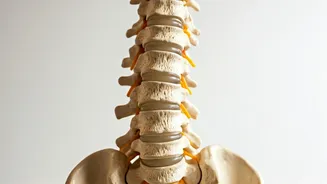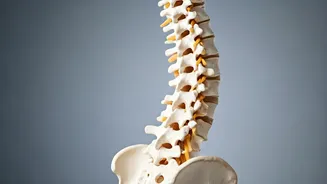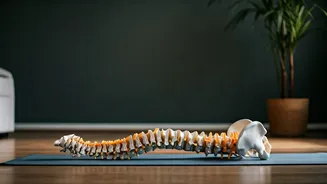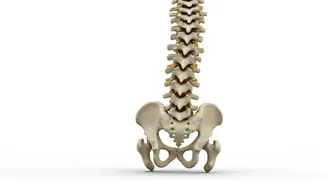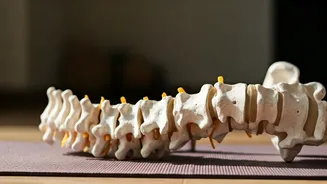Understanding Back Pain
Back pain affects many people, and it can stem from various sources like poor posture, strained muscles, or underlying conditions. A sedentary lifestyle,
often linked to prolonged sitting at a desk or in front of screens, contributes to weakened back muscles, making them susceptible to pain. Incorrect lifting techniques are another major culprit, causing sudden strain and injury. Furthermore, age-related changes, such as the natural wear and tear of the spine, can also trigger chronic discomfort. These factors can collectively lead to discomfort, limited mobility, and a decreased quality of life. Understanding the root causes of your back pain is crucial for choosing the right exercises and strategies for relief and prevention.
Gentle Stretching Exercises
Gentle stretching is a cornerstone of back pain management. Begin with simple movements, like knee-to-chest stretches, where you gently pull your knees toward your chest, holding the position for 15-30 seconds. This helps to stretch the lower back muscles. Another beneficial stretch is the cat-cow exercise, which involves alternating between arching your back like a cat and then rounding it like a cow. This enhances spinal flexibility. Pelvic tilts are also valuable; lying on your back, tilt your pelvis forward and backward, which improves core strength and reduces pressure on the spine. Remember to breathe deeply and slowly throughout each exercise, which maximizes the benefits and helps in relaxation. Consistent practice of these stretches will gradually improve flexibility and lessen discomfort.
Strengthening Core Muscles
Strengthening the core muscles is essential for supporting the spine and preventing back pain. Plank exercises are highly effective. Start by holding a plank position, maintaining a straight line from your head to your heels, and keeping your core engaged for as long as possible. Crunches and modified sit-ups are also beneficial. Be sure to focus on controlled movements and engage your abdominal muscles. Bridges are useful; lie on your back with your knees bent and feet flat on the floor, lift your hips off the floor, squeezing your glutes, and hold this position for a few seconds before slowly lowering back down. Incorporating these exercises into your routine improves stability and reduces strain on your back, which is essential for overall spinal health.
Posture Awareness and Adjustments
Maintaining good posture is crucial in preventing and managing back pain. During the day, be mindful of your posture, whether sitting, standing, or walking. When sitting, use a chair that supports your lower back and keep your feet flat on the floor or on a footrest. Avoid slouching. When standing, keep your shoulders back, your head aligned with your spine, and your core engaged. Making regular posture checks is helpful, where you consciously assess your alignment. Use ergonomic tools such as supportive cushions or adjustable desks. Regular breaks to stand up, move around, and stretch are extremely helpful, especially if you spend long hours sitting. By paying attention to your posture, you can proactively reduce back pain and boost your spinal health.
Simple Lifestyle Changes
Beyond exercises, lifestyle adjustments play a significant role in back pain management. Maintain a healthy weight because extra weight puts added strain on your spine. Ensure you get regular physical activity, which strengthens your muscles and improves spinal health. Try to incorporate low-impact exercises, like swimming or walking. Consider adopting a balanced diet filled with nutrients that support bone and muscle health. Improve your sleeping habits with a mattress and sleeping position that supports your spine. If you spend lots of time at a desk, make sure your workstation is ergonomic, with your monitor at eye level and your keyboard and mouse within easy reach. Small modifications to your daily habits can greatly contribute to reducing back pain and increasing your overall well-being.
